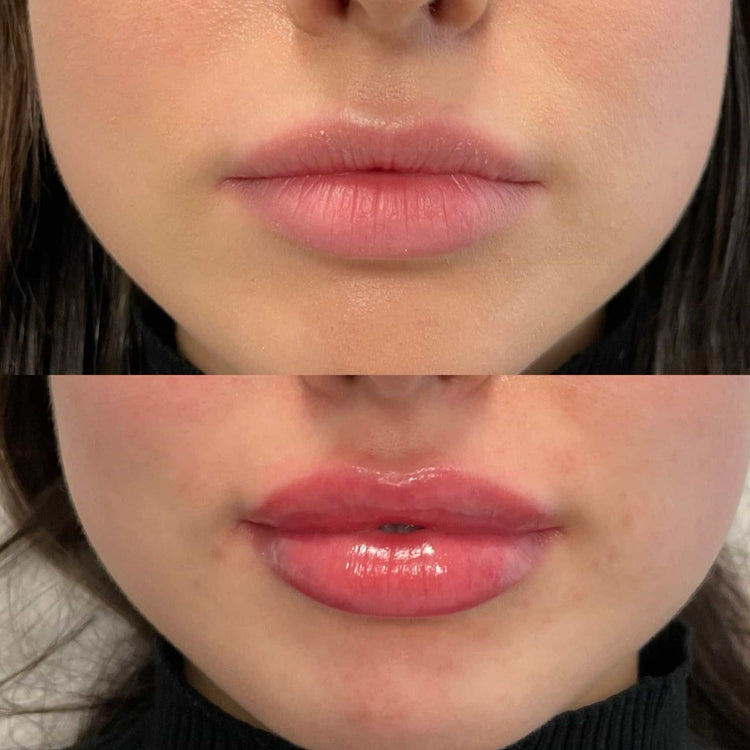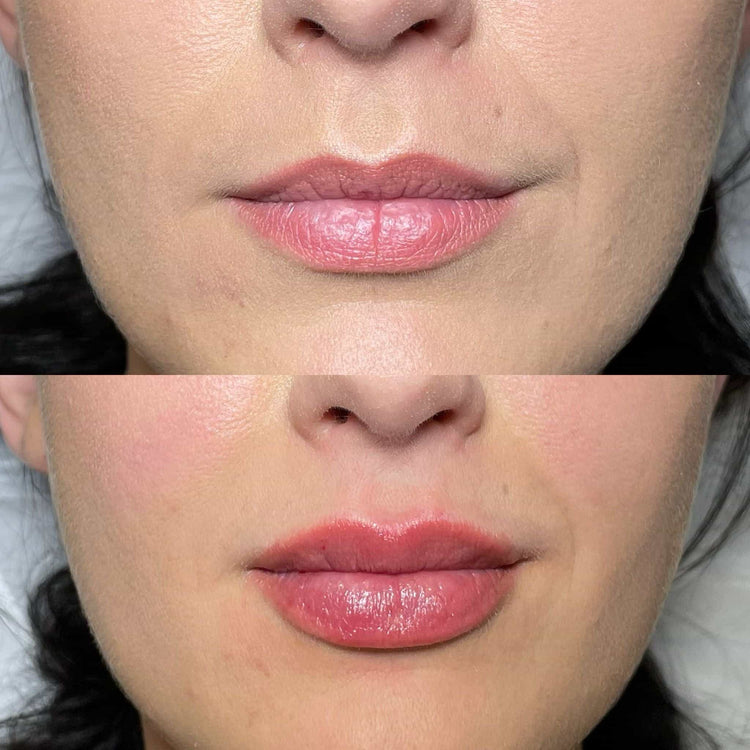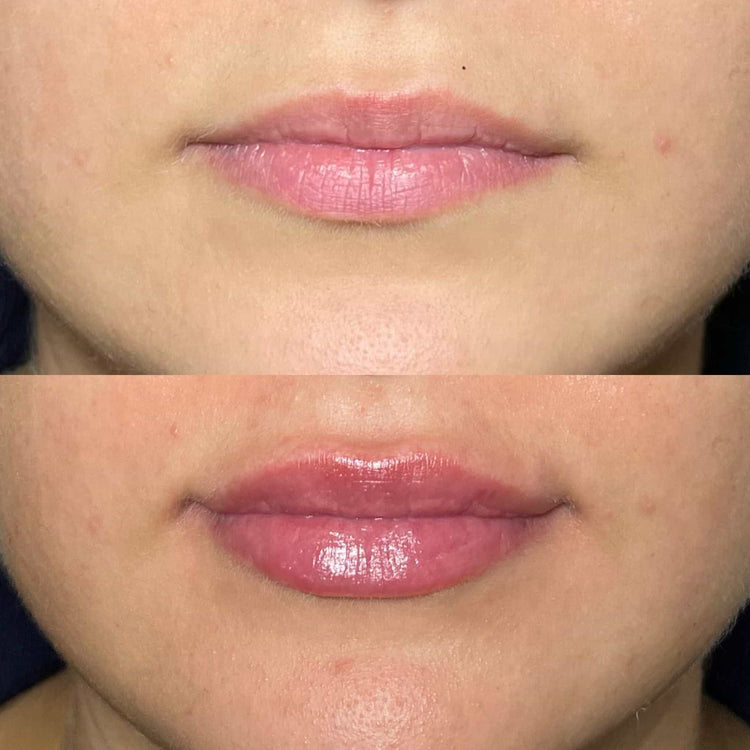Factors Affecting Filler Lifespan
The desire for youthful, smooth skin has led to the rising popularity of dermal fillers. These injectable gels can plump up wrinkles, restore volume, and enhance facial contours. However, a common question among those considering this treatment is how long the results will last. The lifespan of dermal filler varies depending on several factors, including the type of filler used, the location of injection, individual metabolism, and lifestyle choices.
Dermal Filler Type
One crucial factor influencing filler lifespan is the type of dermal filler chosen. Fillers are primarily composed of hyaluronic acid (HA), a naturally occurring substance in the body that attracts and retains moisture. Different HA fillers have varying molecular weights and cross-linking densities, which affect their longevity. Fillers with larger molecules and tighter cross-linking tend to last longer, sometimes up to two years.
Other dermal fillers utilize synthetic materials like poly-L-lactic acid (PLLA). These stimulate collagen production and provide long-lasting results, often lasting over a year.
Injection Site
The injection site also plays a significant role in determining filler lifespan. Areas with higher facial mobility, such as around the eyes or mouth, tend to break down fillers faster. This is because repeated muscle movements can cause the filler to disperse and degrade more quickly. Areas with less movement, like the cheeks or jawline, typically see longer-lasting results.
It’s important to consult with a qualified aesthetic practitioner who can assess your individual needs and recommend the most suitable filler type and injection site for your desired outcome and longevity.
Individual Metabolism
Individual metabolism is another key factor influencing how long dermal fillers last. Faster metabolisms tend to break down injected substances more quickly, which may result in shorter-lasting filler effects compared to individuals with slower metabolisms.
This highlights the importance of consulting with a qualified practitioner who can consider your individual metabolic rate when planning your treatment and determining the appropriate type and amount of filler.
Lifestyle Factors
Lifestyle factors also play a role in the lifespan of dermal fillers. Excessive sun exposure can break down hyaluronic acid, leading to faster filler degradation. Smoking is another detrimental habit, as it reduces blood circulation and impairs collagen production, both of which contribute to shorter filler longevity.

Maintaining good hydration by drinking plenty of water helps keep the skin plump and supple, potentially extending the effects of fillers. A healthy diet rich in antioxidants can also protect against free radical damage that may accelerate filler breakdown.
Average Lifespan of Common Fillers
Dermal fillers have become increasingly popular for their ability to smooth wrinkles, restore volume, and enhance facial contours. However, the longevity of these results is a common concern for potential patients.

Hyaluronic Acid Fillers**
Understanding how long dermal fillers last is crucial for informed decision-making. While many factors influence longevity, knowing the general timeframe for different filler types can help set realistic expectations.
- Hyaluronic acid (HA) fillers, the most common type, typically last between six months to two years.
- Larger HA molecules with tighter cross-linking tend to provide longer-lasting results, sometimes up to two years.
- Fillers containing poly-L-lactic acid (PLLA) stimulate collagen production and often last over a year.
Calcium Hydroxylapatite Fillers**

The lifespan of dermal fillers can vary significantly depending on various factors such as the type of filler used, the injection site, individual metabolism, and lifestyle choices.
- Hyaluronic acid (HA) fillers are the most common type and generally last between six months to two years.
- Larger HA molecules with tighter cross-linking tend to provide longer-lasting results, sometimes up to two years.
- Fillers containing poly-L-lactic acid (PLLA) stimulate collagen production and often last over a year.
Poly-L-Lactic Acid Fillers**
Poly-L-Lactic Acid (PLLA) fillers are a synthetic type of dermal filler that stimulates collagen production. This leads to a gradual and long-lasting improvement in skin texture and volume. PLLA fillers can typically last for over a year, sometimes even up to two years.
Maintaining Filler Results
Dermal fillers offer a non-surgical path to achieving smoother, more youthful-looking skin by plumping wrinkles, restoring volume, and enhancing facial contours. However, the longevity of these results is a common concern for individuals considering this treatment. Understanding the factors that influence how long dermal fillers last can help patients make informed decisions and set realistic expectations.
Topical Skincare**
The lifespan of dermal fillers can vary significantly depending on several factors. Hyaluronic acid (HA) fillers, the most common type, typically last between six months to two years.
Larger HA molecules with tighter cross-linking tend to provide longer-lasting results, sometimes up to two years. Fillers containing poly-L-lactic acid (PLLA) stimulate collagen production and often last over a year.
The injection site also plays a role. Areas with higher facial mobility, like around the eyes or mouth, tend to break down fillers faster.
Individual metabolism is another factor; those with faster metabolisms may see shorter-lasting results.
Lifestyle choices also impact longevity. Excessive sun exposure can break down hyaluronic acid, while smoking reduces blood circulation and impairs collagen production.
Sun Protection**
Maintaining the results of dermal fillers requires a multifaceted approach that addresses both internal and external factors.
Protecting your skin from the damaging effects of the sun is paramount. UV radiation can break down hyaluronic acid, leading to faster filler degradation. Daily application of broad-spectrum sunscreen with an SPF of 30 or higher, even on cloudy days, is essential for preserving your filler results.
Adopting a healthy lifestyle can also contribute to longer-lasting filler effects. Staying hydrated by drinking plenty of water helps keep the skin plump and supple, potentially extending the duration of filler results.
A balanced diet rich in antioxidants can protect against free radical damage that may accelerate filler breakdown. Antioxidants found in fruits, vegetables, and healthy fats help neutralize damaging free radicals and maintain skin health.
Avoiding Certain Medications**
Maintaining filler results requires a combination of lifestyle choices and skincare practices.
Protecting your skin from the sun’s harmful UV rays is crucial, as excessive sun exposure can break down hyaluronic acid, leading to faster filler degradation. Applying broad-spectrum sunscreen with an SPF of 30 or higher daily, even on cloudy days, is essential for preserving your results.
Staying hydrated by drinking plenty of water helps keep the skin plump and supple, potentially extending the duration of filler effects. A balanced diet rich in antioxidants found in fruits, vegetables, and healthy fats can also contribute to longer-lasting filler results by protecting against free radical damage that may accelerate filler breakdown.
It’s important to consult with a qualified aesthetic practitioner who can advise you on appropriate skincare routines and lifestyle modifications to maximize your filler longevity. They can also recommend avoiding certain medications that may interfere with the effectiveness of fillers or increase the risk of complications.
Follow-up Appointments**
Maintaining the results of dermal fillers requires a multifaceted approach that addresses both internal and external factors.
Protecting your skin from the damaging effects of the sun is paramount. UV radiation can break down hyaluronic acid, leading to faster filler degradation. Daily application of broad-spectrum sunscreen with an SPF of 30 or higher, even on cloudy days, is essential for preserving your filler results.
Adopting a healthy lifestyle can also contribute to longer-lasting filler effects. Staying hydrated by drinking plenty of water helps keep the skin plump and supple, potentially extending the duration of filler results.
A balanced diet rich in antioxidants can protect against free radical damage that may accelerate filler breakdown. Antioxidants found in fruits, vegetables, and healthy fats help neutralize damaging free radicals and maintain skin health.
It’s important to consult with a qualified aesthetic practitioner who can advise you on appropriate skincare routines and lifestyle modifications to maximize your filler longevity.
Long-Term Considerations**
Understanding how long dermal fillers last is crucial for informed decision-making. While many factors influence longevity, knowing the general timeframe for different filler types can help set realistic expectations.
The lifespan of dermal fillers can vary significantly depending on several factors including the type of filler used, the injection site, individual metabolism, and lifestyle choices.
Long-term considerations involve protecting your investment by adopting a proactive approach to skin care and lifestyle choices.
Maintaining the results of dermal fillers requires a multifaceted approach that addresses both internal and external factors. Protecting your skin from the sun’s harmful UV rays is paramount, as excessive sun exposure can break down hyaluronic acid, leading to faster filler degradation.
Daily application of broad-spectrum sunscreen with an SPF of 30 or higher, even on cloudy days, is essential for preserving your results. Staying hydrated by drinking plenty of water helps keep the skin plump and supple, potentially extending the duration of filler effects.
A balanced diet rich in antioxidants found in fruits, vegetables, and healthy fats can also contribute to longer-lasting filler results by protecting against free radical damage that may accelerate filler breakdown.
It’s important to consult with a qualified aesthetic practitioner who can advise you on appropriate skincare routines and lifestyle modifications to maximize your filler longevity.
Book your cheek filler treatment today with Dr. Laura Geige at It’s Me & You Clinic
- Is Botox The Best Solution For Bunny Lines In The UK - September 23, 2025
- Downturned Smile Treatment Near Thursley, Surrey - September 23, 2025
- I Cheated On My Husband But I Didn’t Mean To Here’s Why - September 21, 2025
